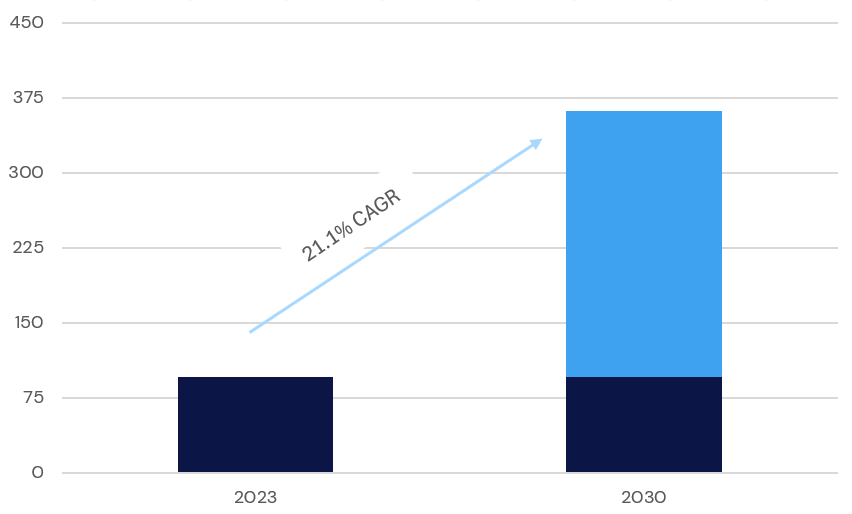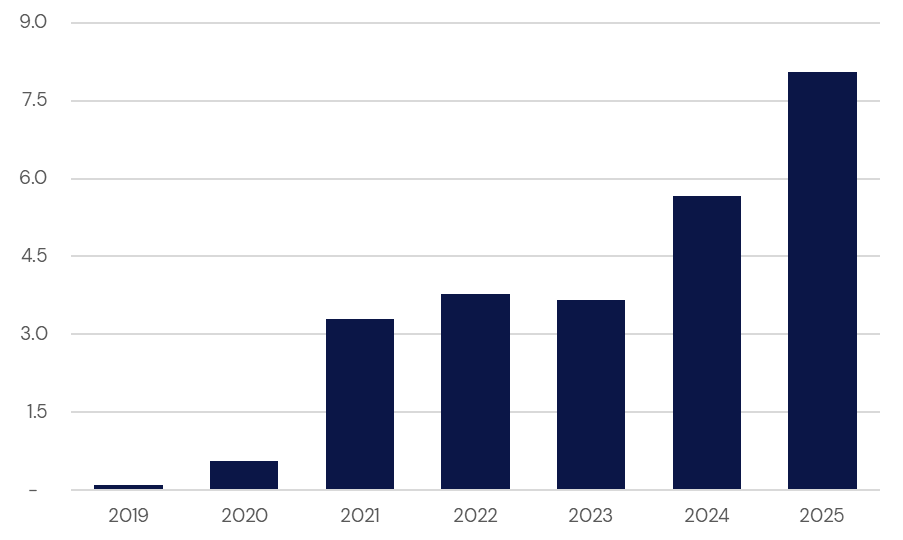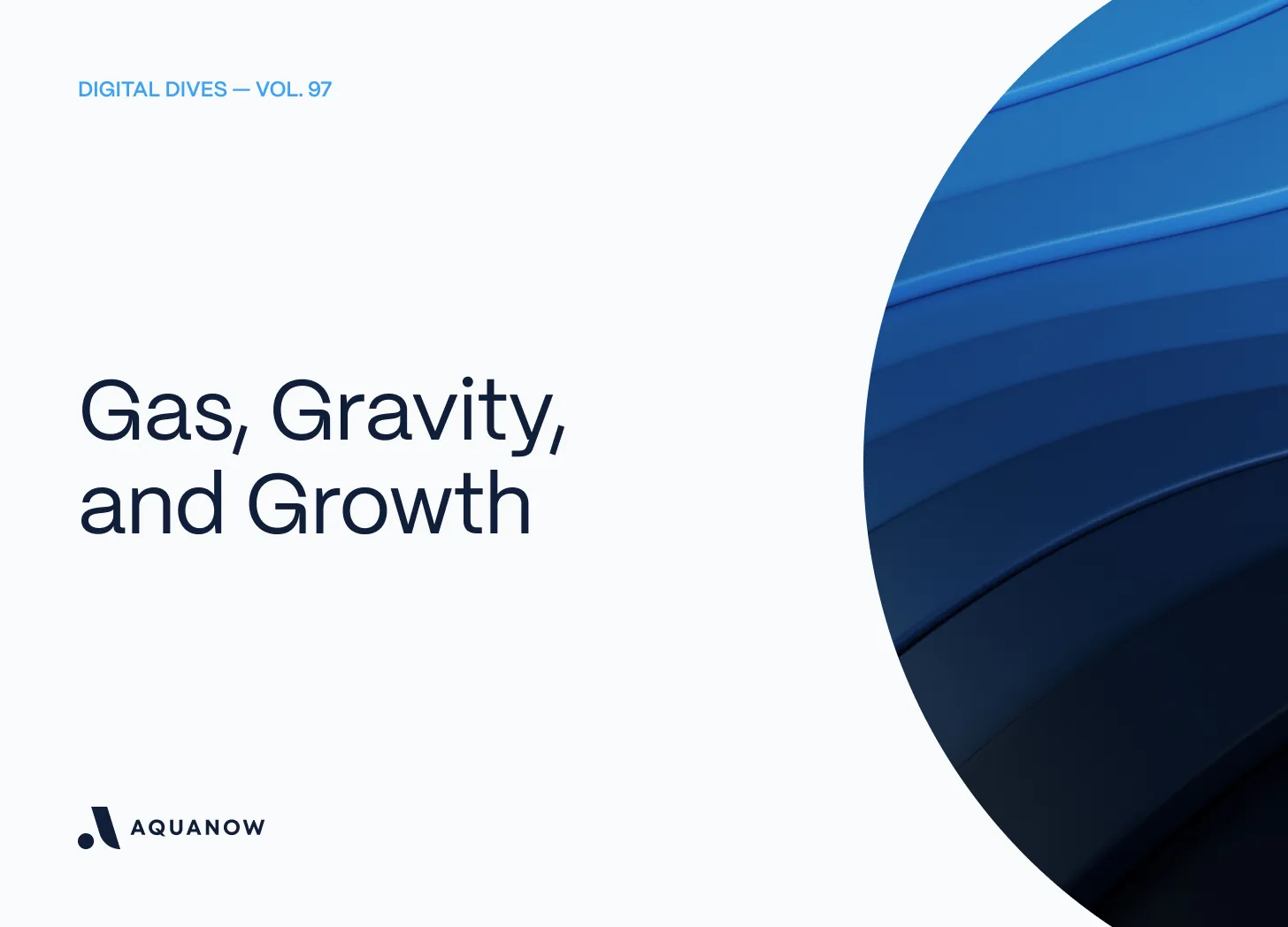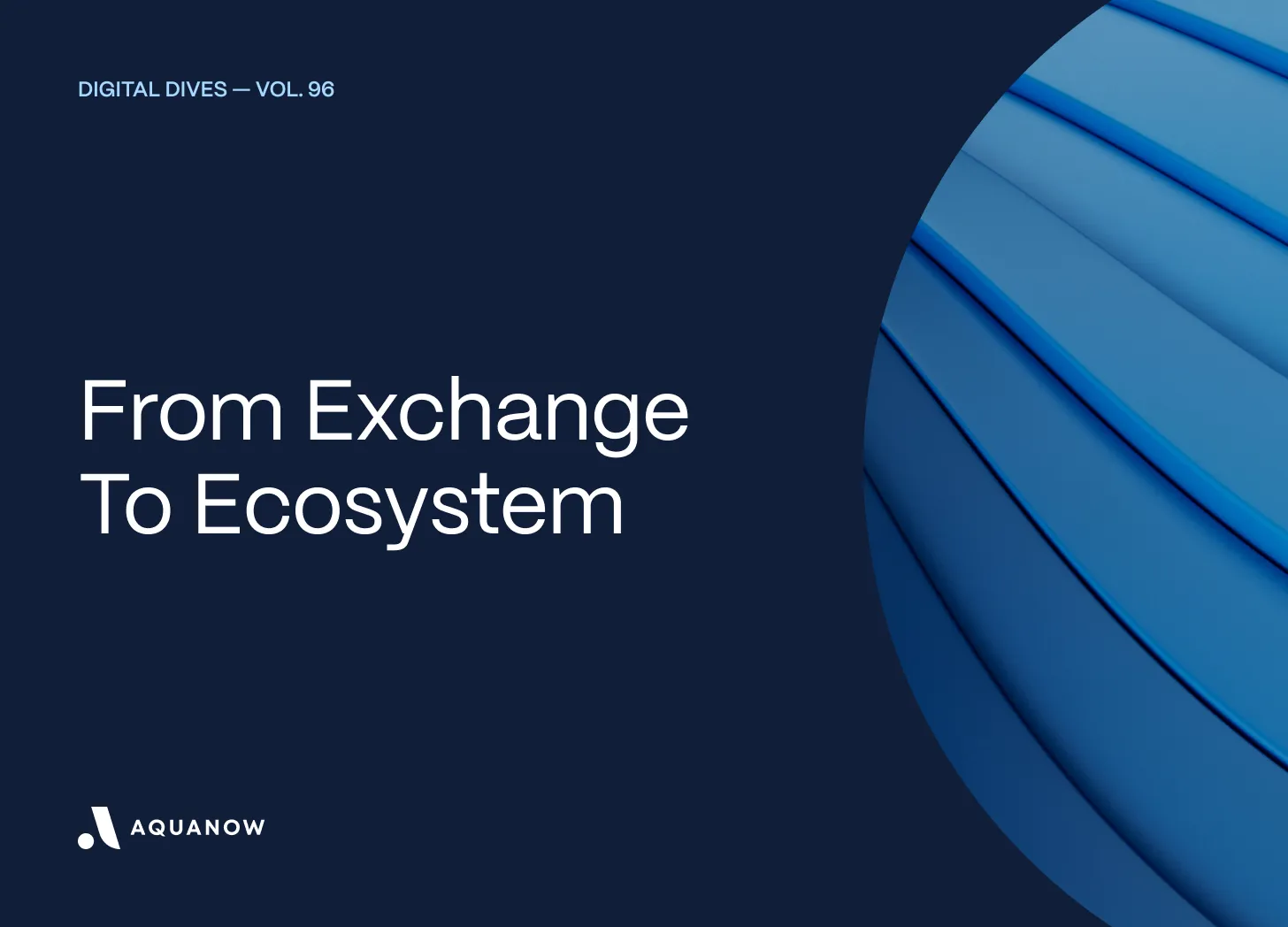Welcome to The Payment Gap, Aquanow’s new monthly publication exploring the structural shifts transforming global payments. This is the world’s most valuable segment of financial services and one that is entering a defining period of change.
According to McKinsey, payments generated $2.5 trillion in revenue from $2.0 quadrillion in value flows, supported by 3.6 trillion transactions worldwide last year. Yet despite this extraordinary scale, cross-border payments still take days to settle and often incur fees exceeding six percent. This highlights that even the most established financial systems have meaningful room to evolve.
The Payment Gap operates on a simple premise: innovation enhances rather than replaces existing financial infrastructure. We’re witnessing the emergence of complementary technologies that work alongside traditional banking rails to solve specific inefficiencies. Stablecoins are reducing remittance costs and settlement times. Tokenized deposits are streamlining institutional settlement. Instant payment networks are connecting previously fragmented systems.
At Aquanow, we believe digital innovation isn’t about disrupting payments - it’s about strengthening them. The institutions that learn to layer new capabilities onto proven infrastructure will define the next generation of global money movement.
Meet the Curators
The Payment Gap is curated by Mark Schwartz, Global Head of Crypto Payments at Aquanow, and Sebastien Davies, VP, Research. Their combined expertise offers a distinctive lens on how payments are evolving.
Mark brings over a decade of experience in payments infrastructure and corporate treasury, having worked with financial institutions to optimize liquidity management and cross-border operations. His focus is on the practical implementation of how new technologies integrate with existing workflows and regulatory frameworks.
Sebastien contributes digital asset expertise, tracking emerging trends across crypto protocols, investment themes, and tokenization initiatives. Together, they provide both operational insight and strategic foresight on where payments infrastructure is heading.
Signals and Shifts
The payments landscape is evolving at different speeds across different markets, but the direction is clear. New technologies are being layered onto established infrastructure to reduce friction and improve user experiences.
The signals are concrete and measurable. Major banks are experimenting with tokenized deposits to accelerate settlement between institutions. Corporations are testing stablecoins for cross-border payments, achieving same-day settlement at a fraction of traditional wire transfer costs. Regulators are launching sandbox programs that allow controlled testing of digital payment innovations while maintaining oversight.
What makes this moment distinct is the convergence of technological readiness, regulatory clarity, and market demand. The infrastructure exists. The use cases are proven. The regulatory frameworks are emerging.
“Success in this environment comes down to three factors: flawless execution, absolute reliability, and tight regulatory alignment,” notes Mark Schwartz. “Institutions that master these fundamentals while building digital capabilities will capture the most value.”
Why Does This Matter Now?
Global transaction volumes continue to grow while expectations for speed and transparency have fundamentally shifted. Corporate treasurers expect real-time visibility into cash positions. Consumers expect instant transfers. Financial institutions face pressure to reduce operational costs while improving service quality.
Global Digital Payment Market (in billions, USD)

The technological pieces are converging in ways that weren’t possible even two years ago. Stablecoins have demonstrated stability and scalability in live market conditions. Tokenized deposits are moving from pilot programs to production environments. Instant payment networks are achieving interoperability across borders and currencies.
This convergence marks a pivotal moment for financial institutions. Engaging early allows for measured experimentation and the gradual development of new capabilities. Waiting too long risks ceding ground to competitors already embedding these technologies within their operations. The question is no longer whether to engage, but when and how to begin building literacy and strategic optionality.
What Should Institutions Watch For?
Several themes deserve immediate attention from payments professionals:
- Adoption of digital settlement assets is moving rapidly from speculation to real-world application. Remittance providers are using blockchain-based instruments to cut settlement times from days to minutes. B2B platforms are integrating digital dollars for supplier payments, while corporate treasuries are testing tokenized cash for liquidity management across subsidiaries.
Adjusted Stablecoin Transaction Volume (in trillions, USD)

- Tokenized deposits represent the next evolution in institutional settlement. By converting traditional bank deposits into blockchain-based tokens, financial institutions can achieve programmable money that settles instantly while maintaining full regulatory compliance and deposit insurance protection.
- Regulatory coordination is creating clearer pathways for innovation. Sandbox environments in Singapore, the UK, and other jurisdictions allow institutions to test digital payment technologies with regulatory oversight but reduced compliance burden. These programs are producing practical frameworks for broader adoption.
- Interoperability initiatives are connecting traditional banking infrastructure with digital payment networks. Projects linking SWIFT messaging with blockchain settlement, or connecting central bank digital currencies with commercial banking systems, point toward a more integrated payments ecosystem.
The key for institutions is building internal expertise and testing capabilities without disrupting core operations. This means starting with pilot programs, developing vendor relationships, and training teams on digital payment technologies while maintaining existing service levels.
Looking Ahead
The Payment Gap will generally focus on one theme each month, providing insight from Aquanow’s experience helping financial service businesses explore digital assets to enhance their operations. Each edition will examine specific technologies, regulatory developments, or market trends that directly impact how institutions move money.
Our approach emphasizes practical insight over theoretical speculation. We’ll track critical implementations, highlight performance improvements, and analyze regulatory developments that affect operational decisions. The goal is actionable intelligence for professionals navigating this evolving landscape.
Payments innovation is fundamentally a collaborative effort. Banks, fintechs, regulators, and technology providers must work together to build systems that are faster, cheaper, and more transparent while maintaining the security and reliability that global commerce demands. The institutions that understand this collaborative dynamic and position themselves as active participants rather than passive observers will shape the future of money movement.
Next month, we’ll examine stablecoin adoption across continental Africa, analyzing how businesses and individuals are using digital assets to navigate currency volatility, cross-border trade, and limited banking infrastructure. Drawing on Mark’s extensive experience in African payment corridors, we’ll explore real-world implementations and their implications for traditional financial services.
The transformation of global payments is accelerating, and The Payment Gap will help you navigate what comes next.





